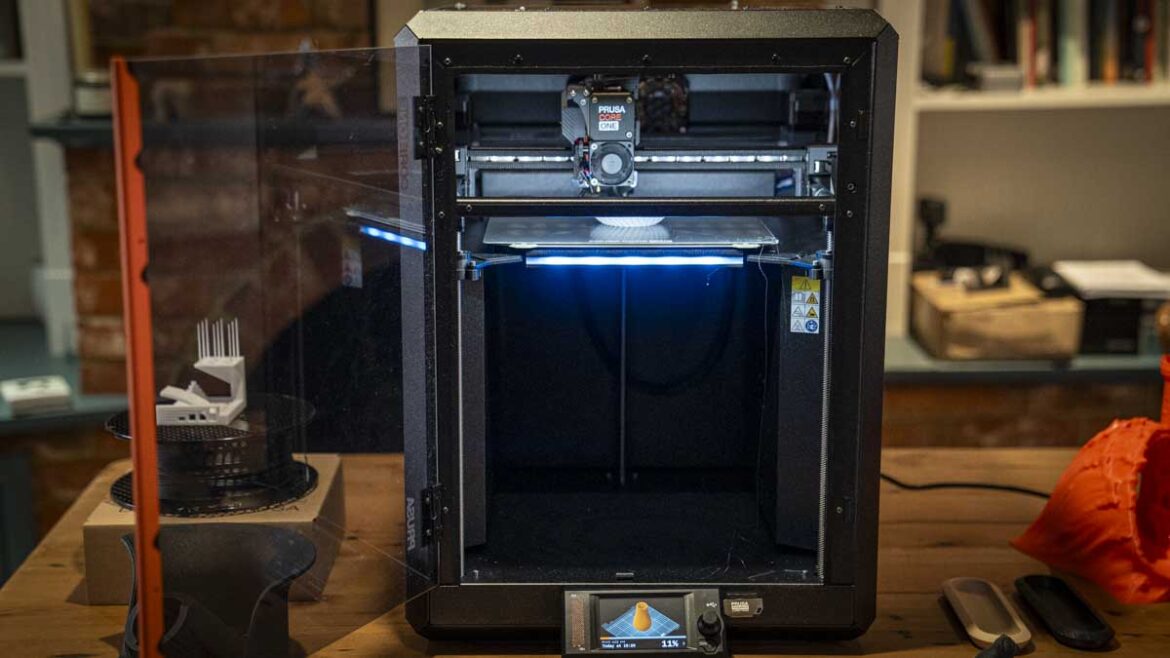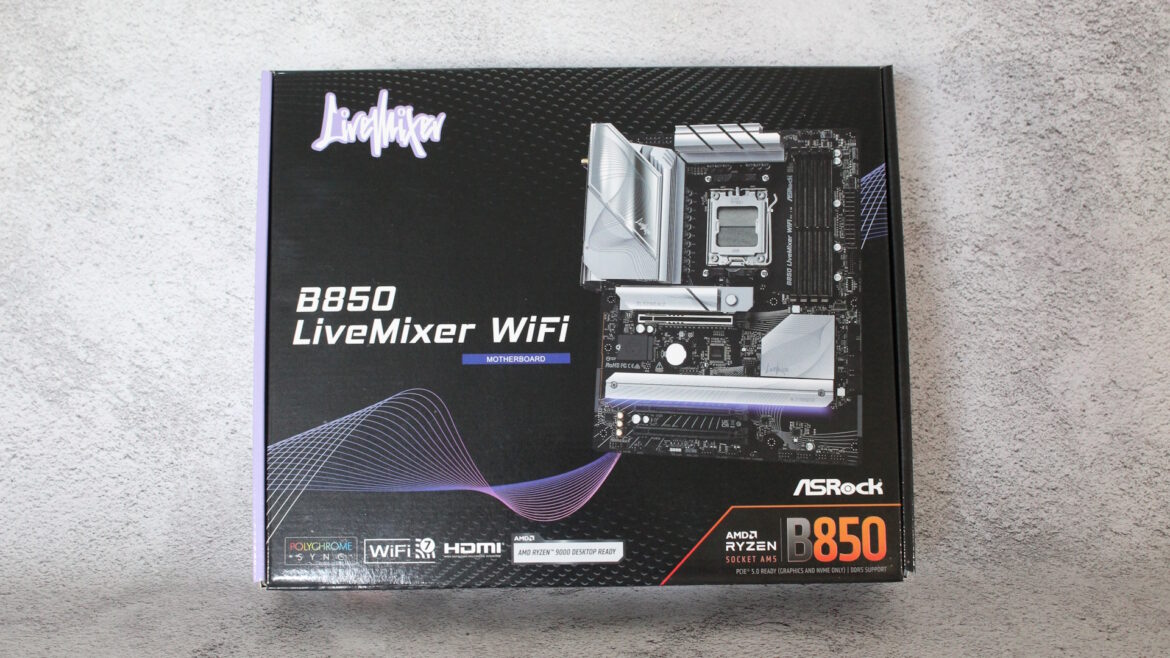We’re very much on the road to the next The Sims 4 expansion, Adventure Awaits, and Maxis has rolled out a cool new update to hold you over until the big day next month. The new patch is available now on PC, and will arrive on consoles on September 23.
The update has a couple of features worth discussing, and you can see how they lay some groundwork in anticipation of the game’s next, very much on-theme expansion.
Manage cookie settings
The big new feature in the new update is the Playground Venue, which is a place where sims kids can hang out and play. Because it’s mainly designed for children, it’s a good place to find new friends for your own.
You can create custom playground venues, and share them with other players. Separately, you’ll find an updated UI for Event Planning. You’re now able to filter out the specific venue type you want (libraries only, nightclubs only, and so on), thanks to the new filters.
Another big addition for child Sims is the ability for the little ones to Play Pretend with themselves, or with another child Sim. This new interaction can be found under Friendly > Activities Pie Menu. There are a couple of common – and expected – options to play with, such as Play Fairy Tale Castle, Play House, and Play Pirate Adventure. This being The Sims, of course, all of them have unique VFX.
Image credit: Maxis, EA.
Elsewhere in the update, there’s a new colour variant of the Ecru Slouch Beanie in Create a Sim. Maxis has also tweaked the Soul’s Journey gains and added Satisfaction Point rewards for each tier you complete.
The update’s console release next week will coincide with the launch of a new beta feature that you can opt into if you like. It’s called Memory Boost, and it essentially attempts to improve the game’s performance by optimising memory usage. You’ll find it under the Other tab in Game Options.
Adventure Awaits itself won’t arrive until October 2, but a big reason why this update is out now and not a little closer to that date is that it allows mod creators to update their work so it’s ready for when the expansion drops.
Speaking of which, EA have also created a series of brochures for Gibbi Point, the new world which arrives with Adventure Awaits. It’s a clever idea that lets you see some of the possible getaways you’ll be able to create, and encourages you to check back daily for more inspiration.



